If you think pollution outdoors is already bad, you might be shocked to learn how bad the air we breathe indoors actually is. Although there’s no smoke from vehicles and other contaminants, there are still Volatile Organic Compounds or VOCs that pose just as much of a threat to our health. Air purifiers are en vogue these days, but these machines aren’t always the best solutions, especially if you consider sustainability and environment-friendliness. That said, nature’s own air purifying workers alone might not be enough to handle all those harmful toxins in our homes, so this creative houseplant product combines a normal but potent plant with engineered bacteria to offer a greener way to keep your air at home clean and safe.
Designer: Neoplants
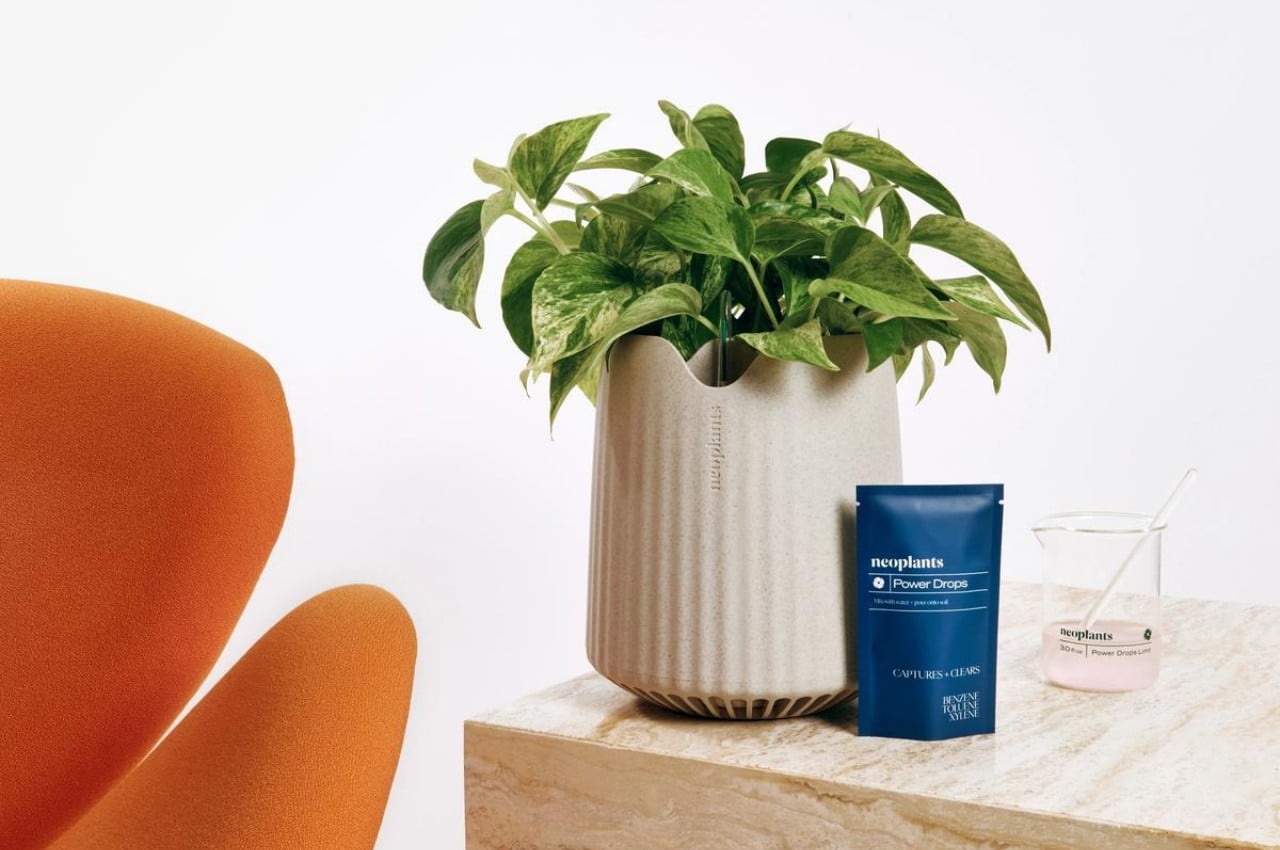
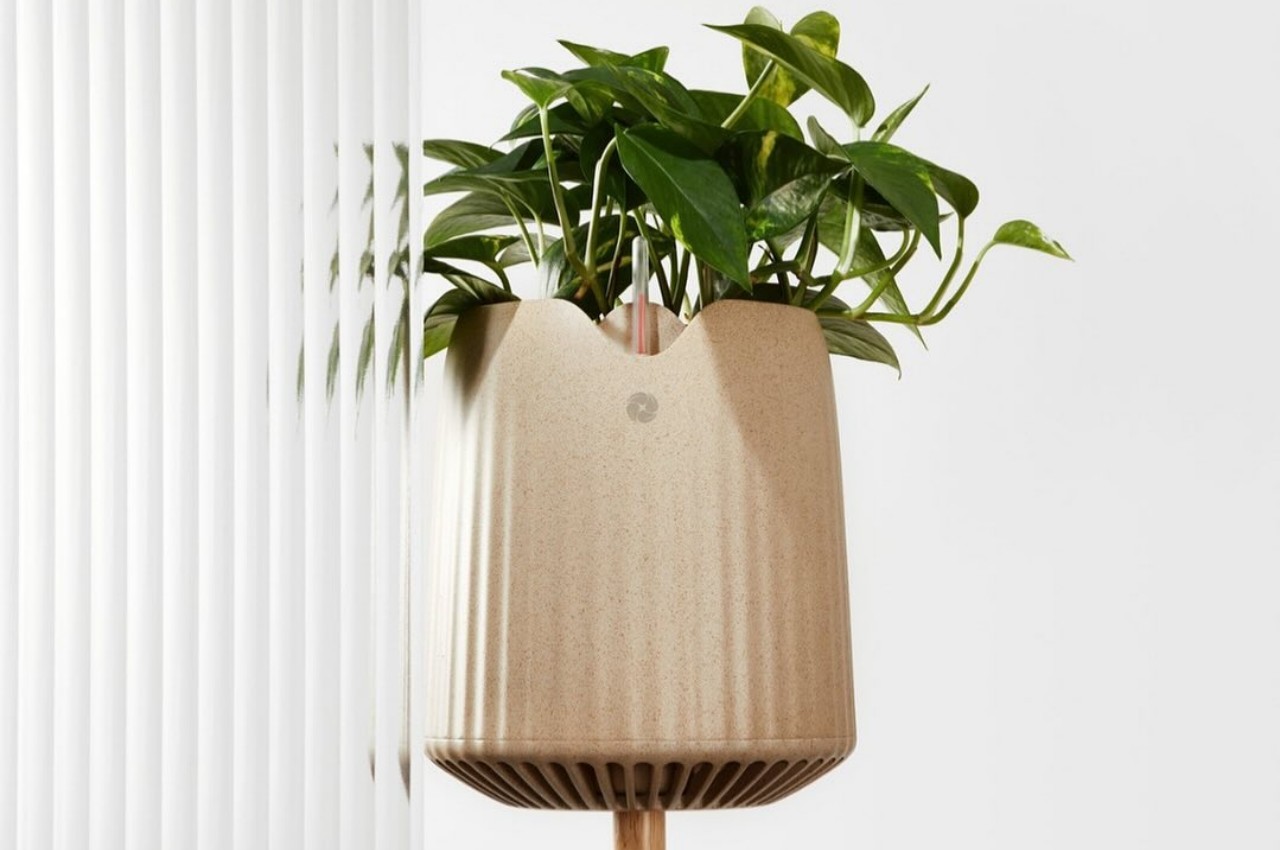
Plants have always been Mother Nature’s hard-working air purifiers, but some plants are just better than others at doing that job. The Marble Queen Pothos plant, for example, is notable for being quite effective while still being suitable as a houseplant. It’s still not enough, though, considering how many VOCs there are in the air we breathe indoors, so science, specifically biotechnology, is ready to lend a helping hand. Or tiny microscopic hands in this case.
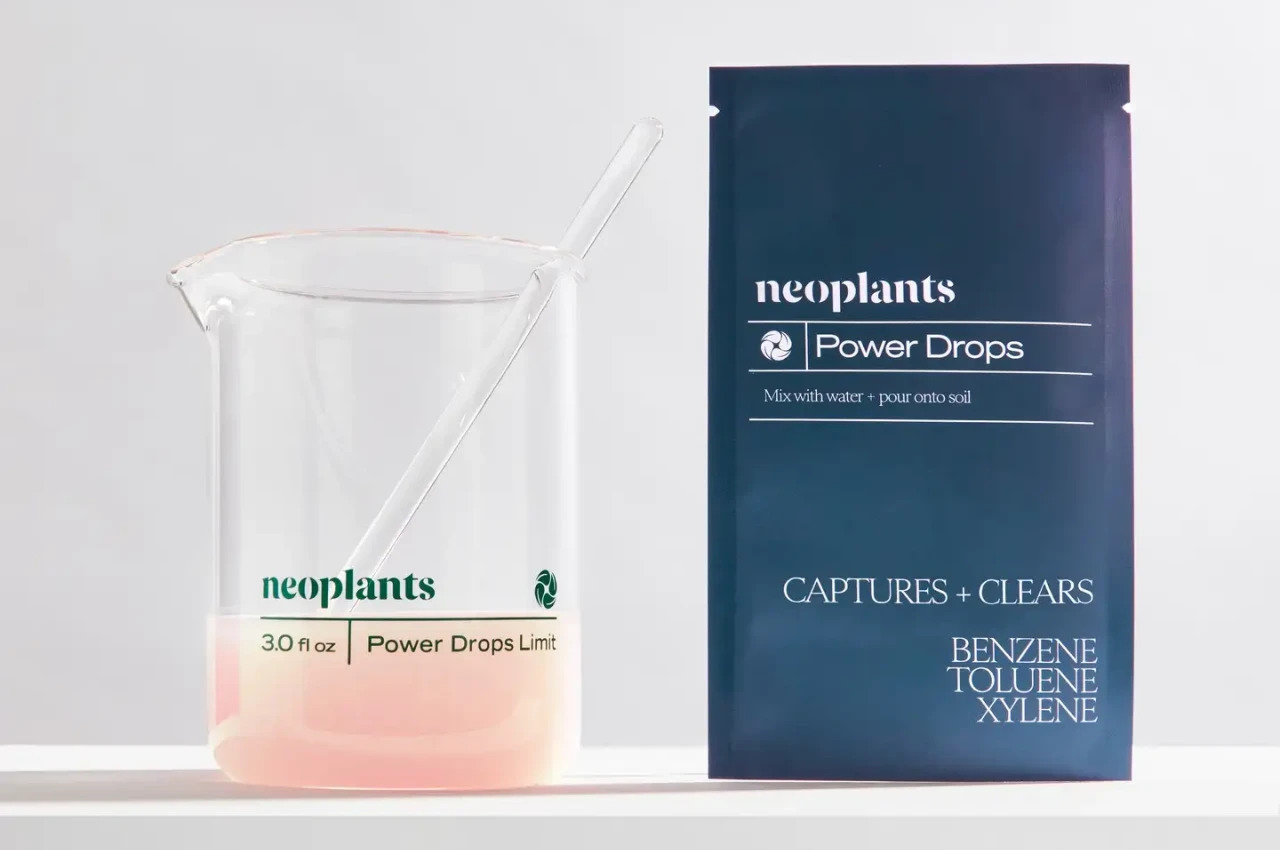
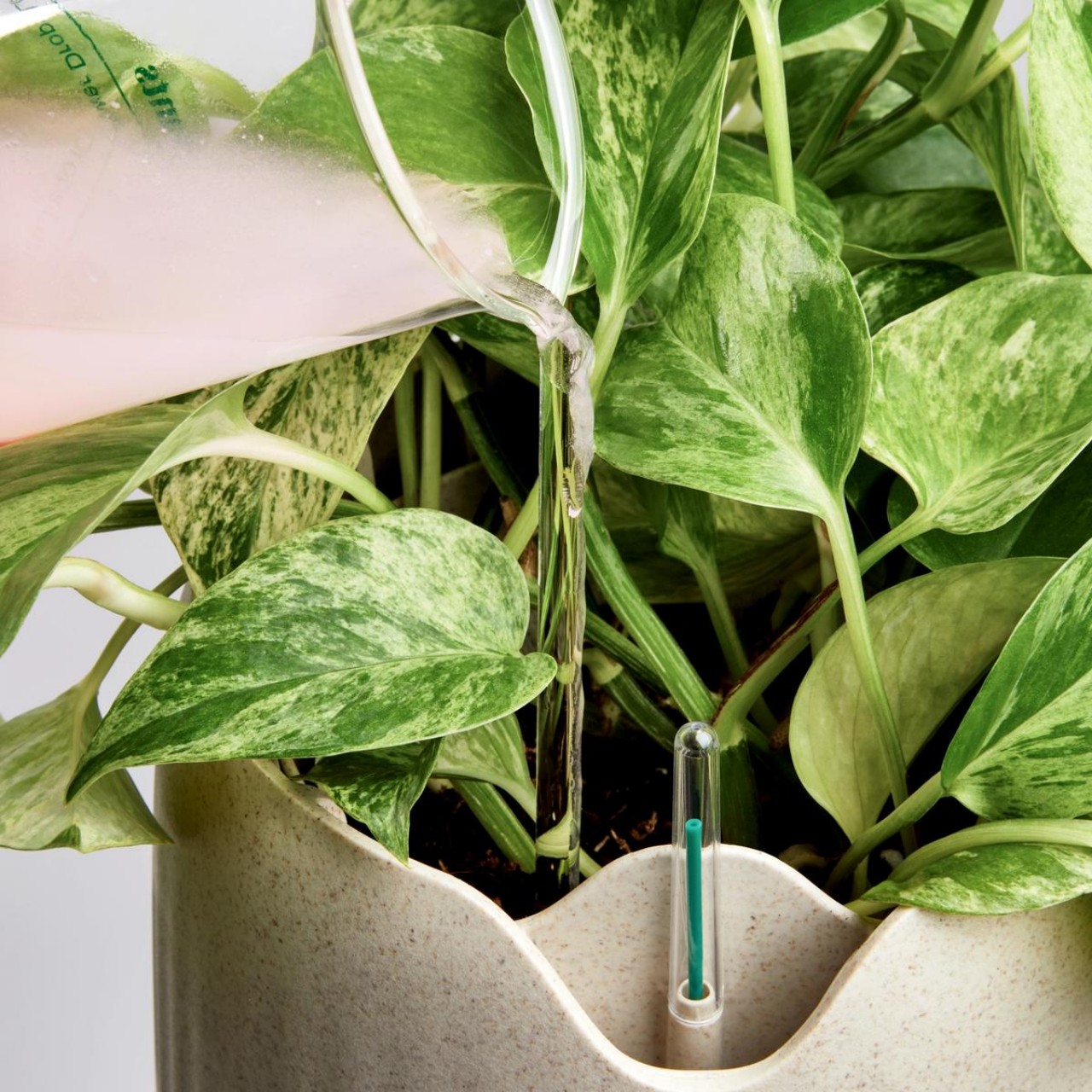
The Neo PX utilizes a bioengineered microbiome that contains the evolution of two bacteria specifically designed to break down pollutants such as Benzene, Toluene, and Xylene, collectively referred to as BTX, into substances like sugars and proteins that are beneficial to the growth of a plant. These bacteria are dried up and packaged as “Power Drops” that are dissolved in water and then poured into the soil of the house plant. Not only do these microorganisms help remove the VOCs from the air, they also transform them into nutrients for the Marble Queen Pothos plant growing from it.
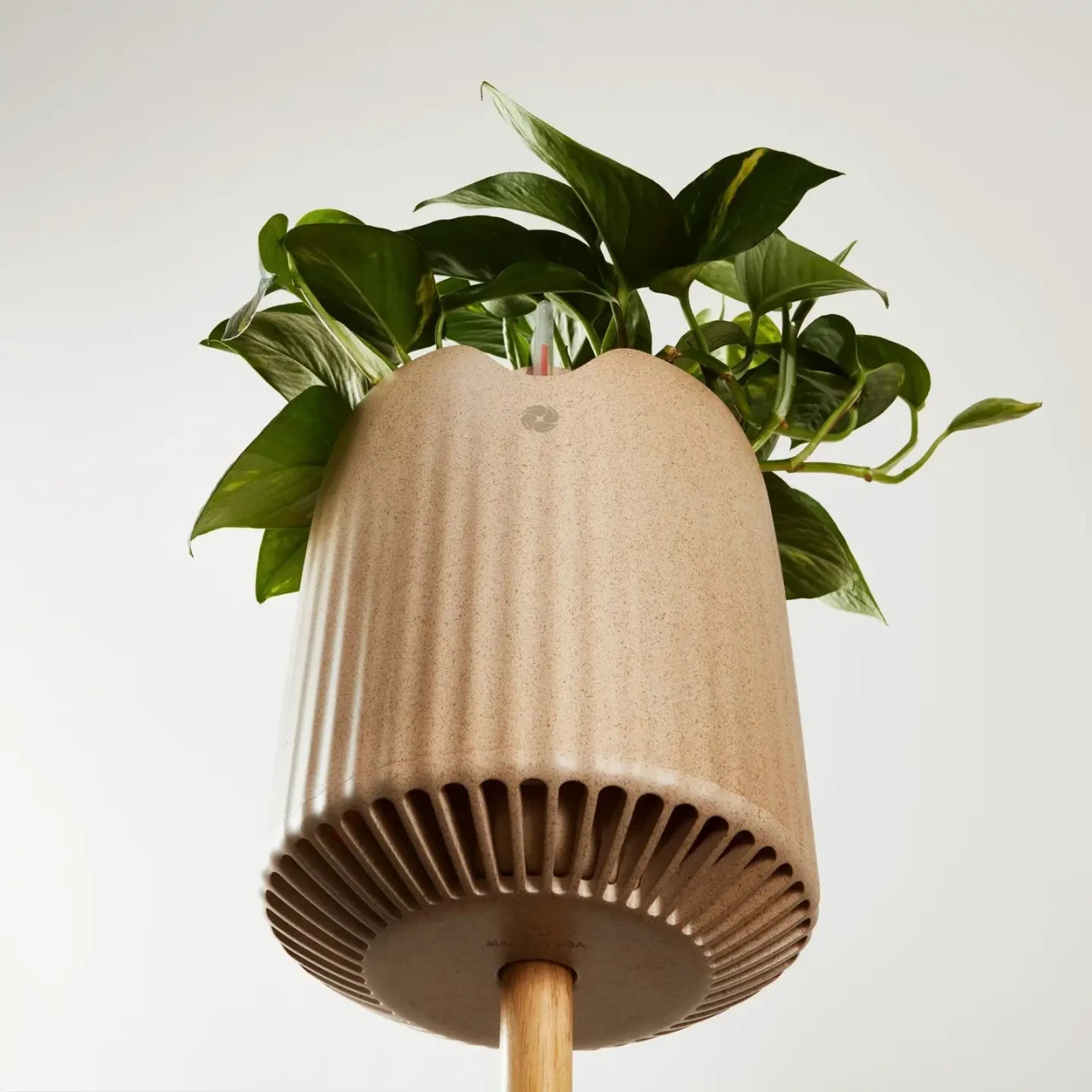
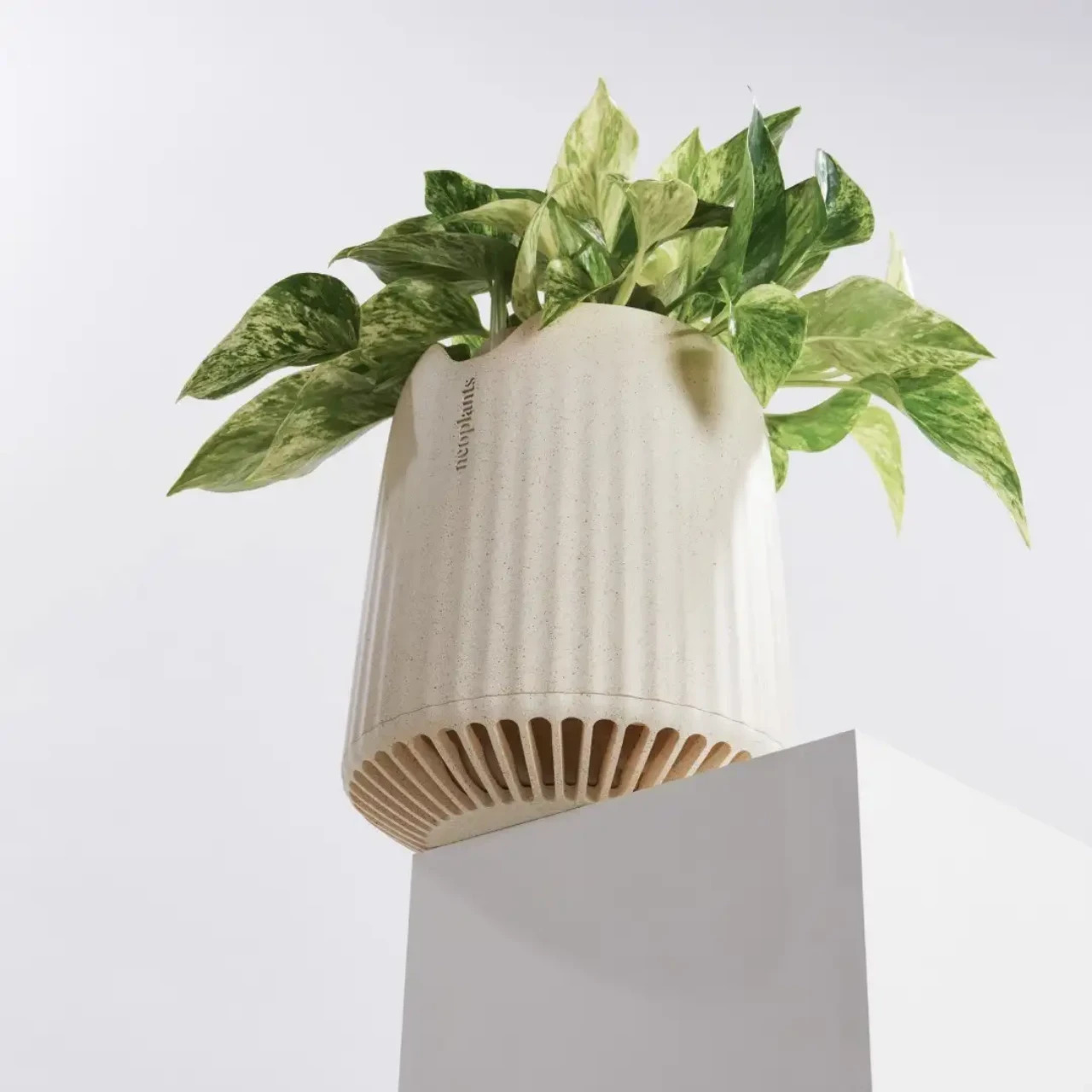
Even the plant pot itself, the third part of the Neo PX system, is specially designed to facilitate this process. Unlike a typical pot, it has vents at the bottom and an internal structure that facilitates airflow, bringing the dirty air into the bacteria-enriched soil to enhance the plant’s root growth. It also incorporates a simple self-watering system so that you only need to refill the water reservoir once every three weeks during winter or once every two weeks in summer.
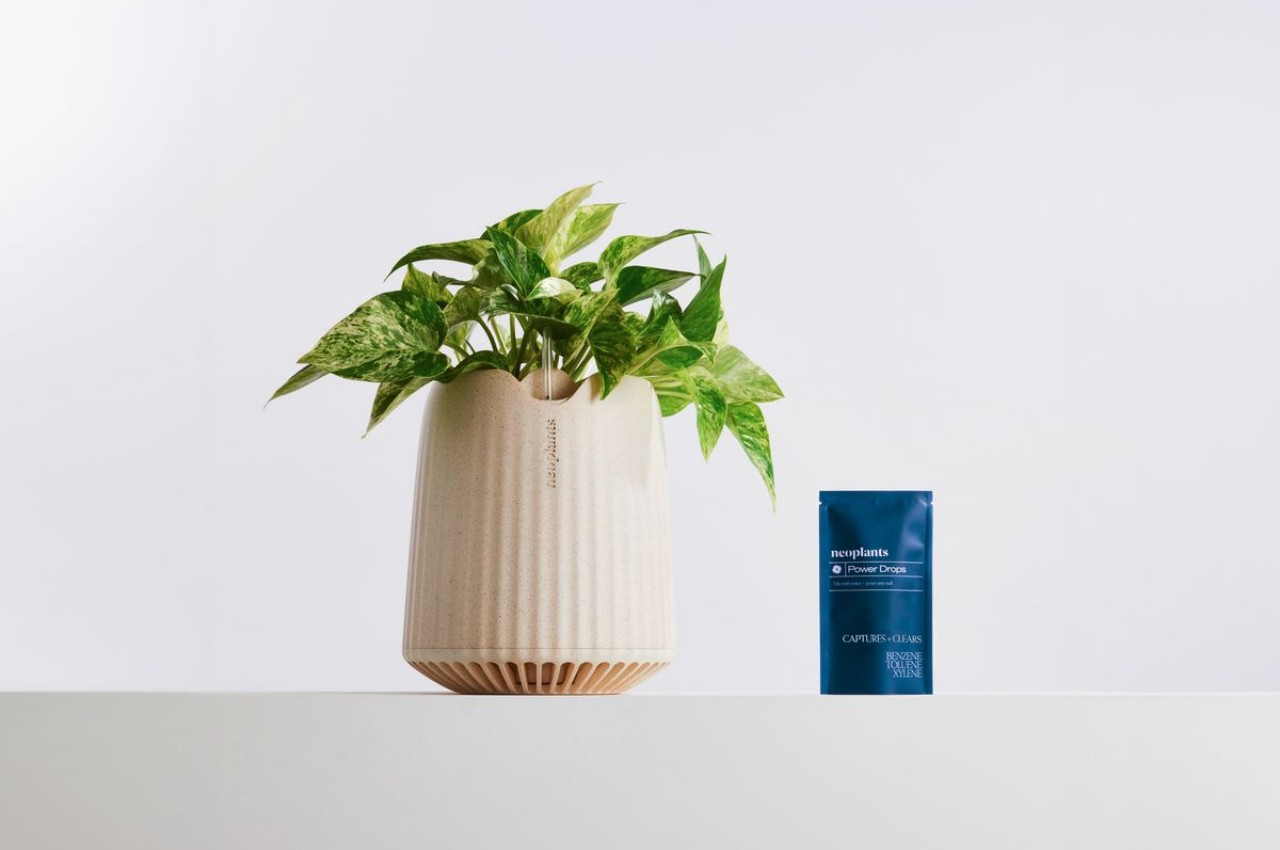
The best part of this system is that it doesn’t require any electricity or chemicals to function. The shell of the pot itself is made from eco-friendly PLA Flax derived from renewable and biodegradable materials. There are no fans for sucking up and blowing out air, so you don’t have to worry about charging anything or keeping it near a wall socket. Neo PX is definitely an interesting air purifying solution that also adds to the aesthetic of a room with its minimalist design and lush green foliage, keeping your air clean while also helping to keep the planet alive.
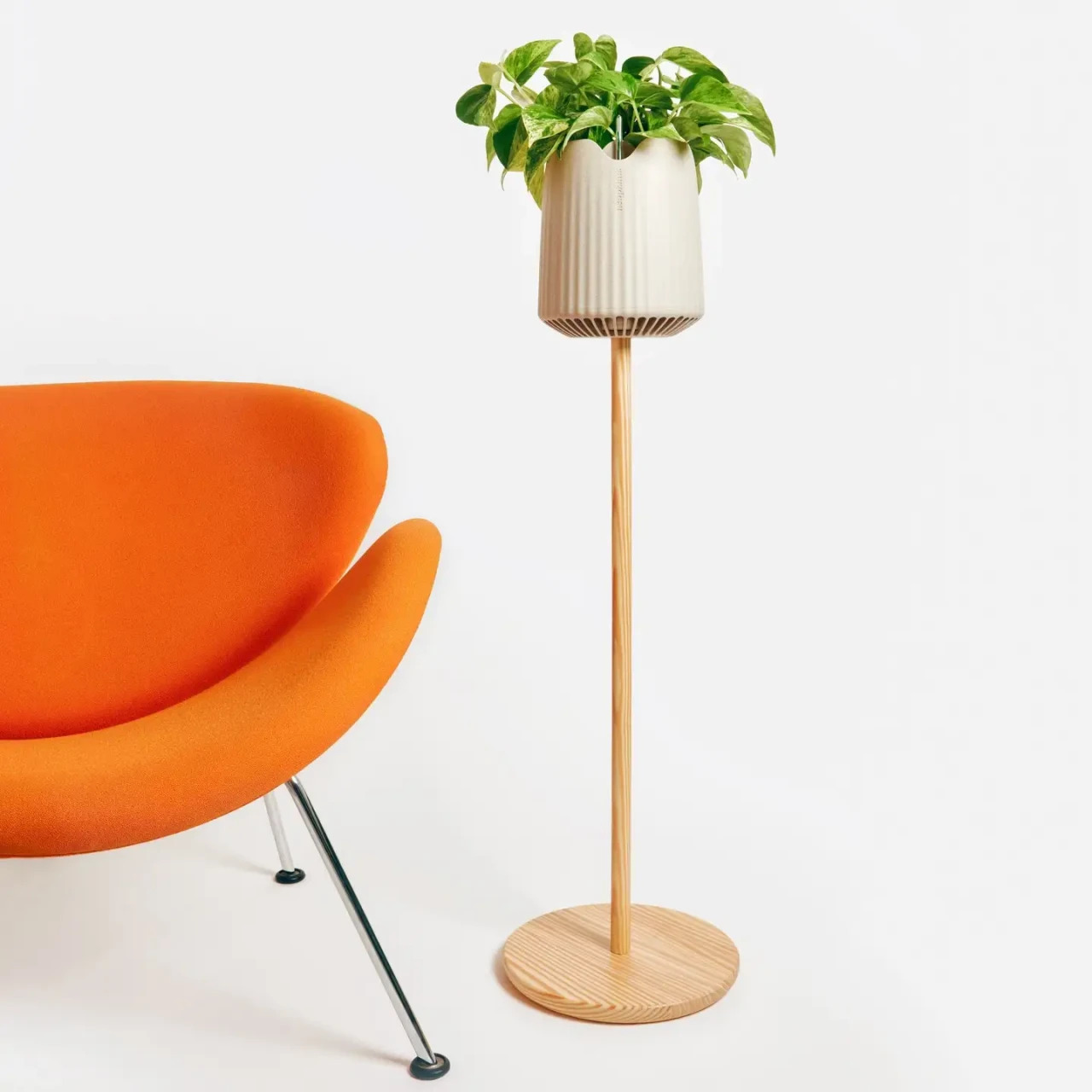
The post Houseplant, vase, and microbiome work together to purify the air at home first appeared on Yanko Design.